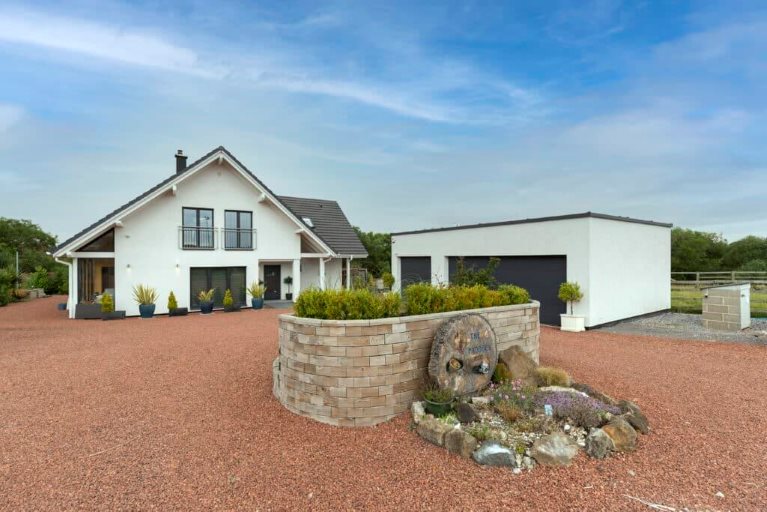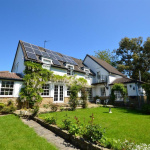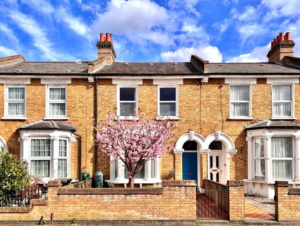Which green features do homes with high EPC ratings have?
The rating and score on an Energy Performance Certificate (EPC) reflects how much energy it takes to power a home and keep it warm.
A home’s energy rating ranges from A (most efficient) to G (least efficient). Homes will also be given a score out of 100. The higher the number, the lower your energy bills are likely to be.
The types of things that can impact an EPC score include the heating system within the home, and how it’s controlled; if the windows are double or triple glazed; how well insulated the floors and walls are; and what sort of lighting has been installed.
So which features really boost a property’s energy-efficiency score?
We’ve taken a look at the energy-saving features installed in homes currently listed for sale.
Smart lighting
Lighting is one of the features that contributes towards a home’s EPC rating. Energy-efficient light bulbs, such as LEDs (light emitting diodes), last longer and generate less heat, so they reduce a household’s energy consumption.
And smart LED lighting can be automated. Instead of having wall switches, an entire home’s lighting system can be controlled from an app.
A home with an EPC ‘A’ rating
Your home’s energy-efficiency certificate will have two numbers for its energy-efficiency score: its current score – or what it scored at the time the certificate was ordered – and a ‘potential’ score of what it could achieve if the recommended improvements are carried out.
Triple glazing
Typically, a home loses more heat through its windows than anywhere else, and many home-owners are now considering this sort of upgrade to make their home more energy efficient.
Read more about how triple glazing works, and its benefits and other things to consider, here.
Solar panels
You can find out more about solar panels and their benefits here, as well as how much they cost and how solar panels work.
Insulation
Good insulation isn’t just about keeping a home warm: it’ll help keep it at a comfortable temperature throughout the year. But it’s particularly beneficial during winter, as you’re less likely to have heat escape through poorly insulated walls or roofs, or have draughts.
Air source heat pump
One of the low-carbon alternatives to gas boilers are heat pumps. Air source heat pumps are powered by electricity, and move heat from the outdoors into your home.








